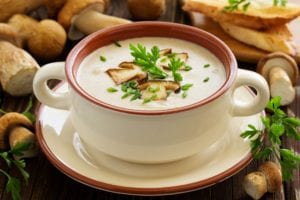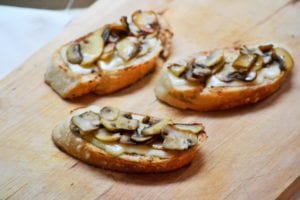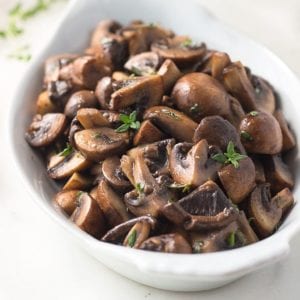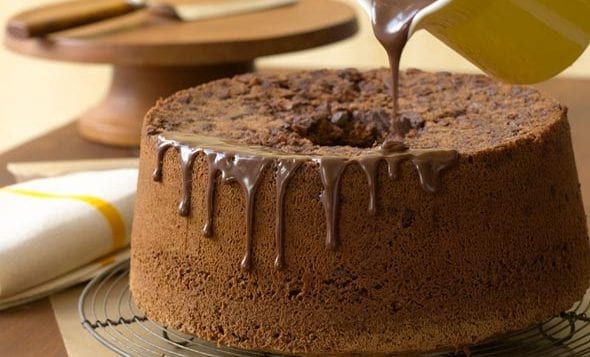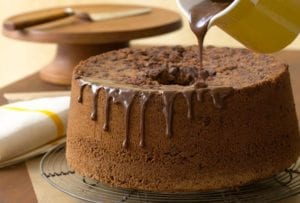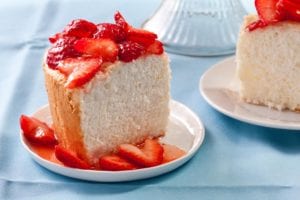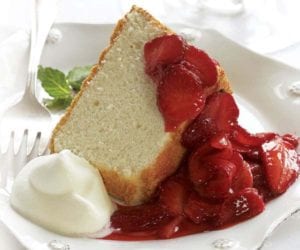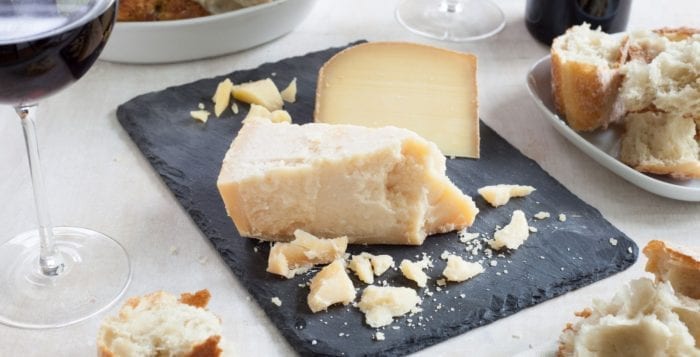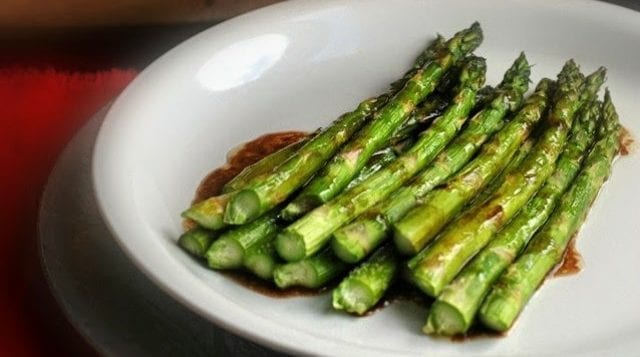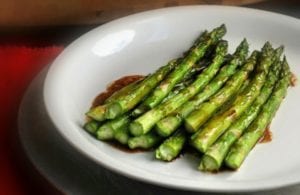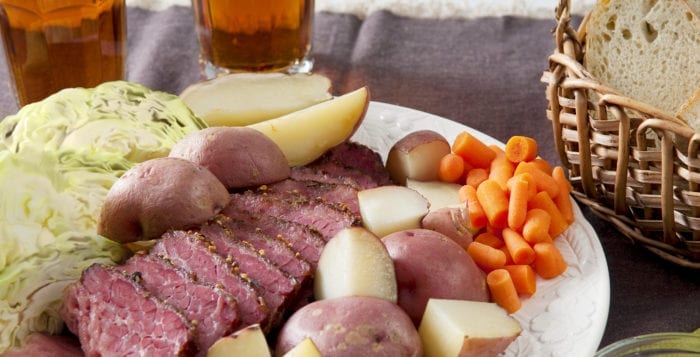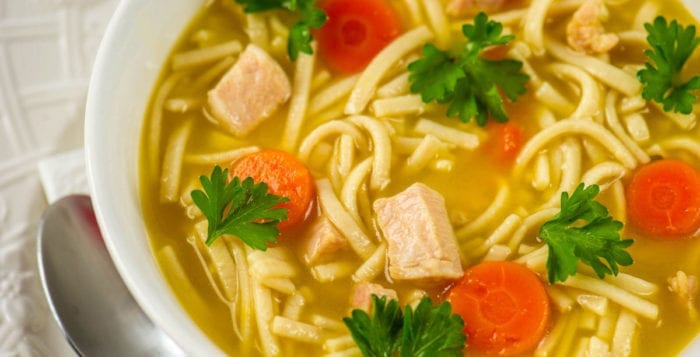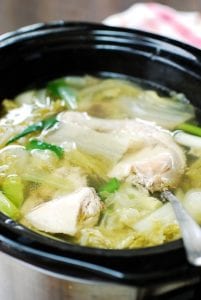By Barbara Beltrami
As often as we may observe or comment that someone is no spring chicken and well seasoned, there are some spring chickens of the farm variety that are young and tender and just waiting to be seasoned. It won’t be long now before we put away our slow cookers and pull out that barbecue, polish it up and start grilling. And nothing takes to the grill like chicken, especially if it’s marinated in or simply coated with a savory seasoning, sauce or rub.
Whether it’s chicken parts such as thighs or drumsticks, boneless chicken breasts, pounded thin into paillards or left thick and sliced, a cut-up broiler/fryer or a roasting chicken, special seasonings take that bird from plain and ordinary to gourmet glamorous. Apply the seasonings ahead of time, cover and refrigerate, and when it’s barbecue time or meal time, all you need to do is grill that lovely bird.
Balsamic Marinated Chicken
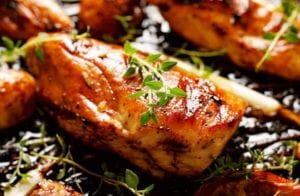
YIELD: Makes 4 servings.
INGREDIENTS:
¼ cup extra virgin olive oil
¼ cup balsamic vinegar
½ cup white wine
1 shallot, finely chopped
3 to 4 garlic cloves peeled and sliced
1 tablespoon each fresh thyme and oregano leaves, or 1 teaspoon dried
Salt and freshly ground pepper, to taste
4 boneless, skinless chicken breasts
DIRECTIONS:
In a small bowl, whisk together the first seven ingredients. Remove fat from chicken, rinse and pat dry. Place everything in a 1-gallon resealable plastic bag. Seal tightly and tilt to be sure all chicken pieces are coated; refrigerate at least 2 hours, preferably more, up to 8 hours. When ready to cook, oil grill rack, then preheat grill to medium high. Grill chicken, turning once and basting frequently with marinade until brown on the outside and clear juices run on the inside, 5 to 10 minutes per side depending on thickness. Discard any unused marinade. Remove from grill, slice across grain and serve hot, cold or at room temperature with grilled veggies and wild rice.
Rosemary, Garlic and Mustard Marinated Chicken Thighs
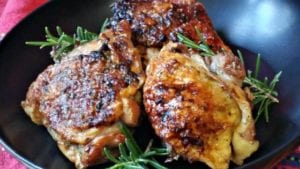
YIELD: Makes 4 servings.
INGREDIENTS:
¼ cup olive oil
1 tablespoon prepared mustard
1 tablespoon chopped fresh rosemary leaves or 1 teaspoon dried
4 garlic cloves, peeled and chopped
Salt and freshly ground pepper, to taste
4 to 8 chicken thighs, depending on size
DIRECTIONS:
In a small bowl, whisk together the oil, mustard, rosemary, garlic and salt and pepper. Remove fat and skin (if desired) from chicken thighs. Place chicken in a shallow nonreactive baking dish. With a pastry brush or rubber spatula, coat the chicken on both sides with the prepared mixture; cover tightly and refrigerate 2 to 4 hours until ready to cook. Prepare and preheat grill to medium high. Grill thighs 8 to 10 minutes per side. Check for doneness, remove from grill and serve hot, warm or cold with fresh corn on the cob, ratatouille and sweet potato fries.
Chicken in Curry-Yogurt Marinade

YIELD: Makes 4 to 6 servings.
INGREDIENTS:
3/4 cup plain Greek yogurt
¼ cup olive oil
2 tablespoons curry powder
2 tablespoons freshly squeezed lime juice
½ teaspoon ground cayenne pepper
Salt to taste
1 broiler-fryer, cut up
DIRECTIONS:
In a small bowl, whisk together the yogurt, oil, curry powder, lime juice, cayenne and salt. Lay chicken parts in a shallow dish and slather marinade over them. Place chicken and any remaining marinade in a resealable gallon bag and refrigerate 4 to 8 hours.
When ready to cook, prepare and preheat grill to medium high. Place chicken parts over direct heat, meaty sides down. Grill until outsides are a light brown (about 10 minutes), then turn the pieces and grill another 5 minutes. Remove chicken to indirect heat, close grill lid and grill 30 to 40 minutes, until cooked through. Let sit for 10 minutes. Serve hot, warm or cold with tomato, olive and onion salad, rice and sautéed spinach.

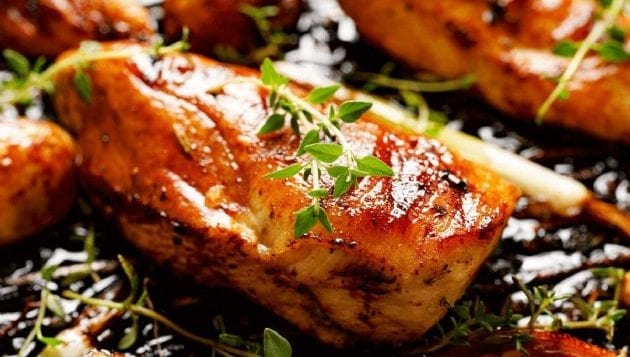

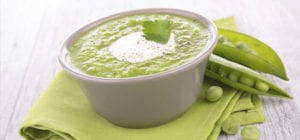


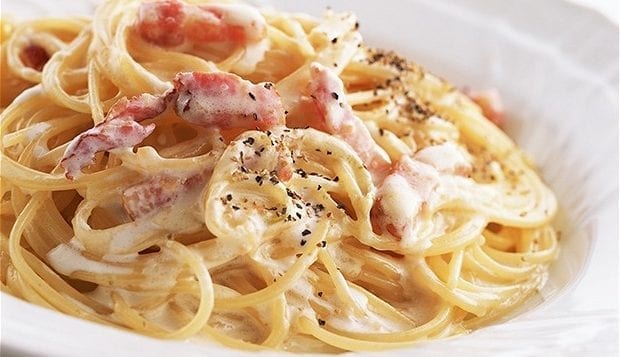
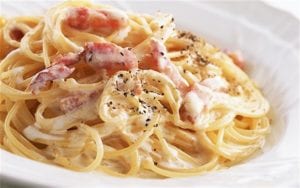 YIELD: Makes 2 to 4 servings
YIELD: Makes 2 to 4 servings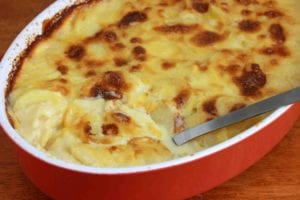 YIELD: Makes 6 servings
YIELD: Makes 6 servings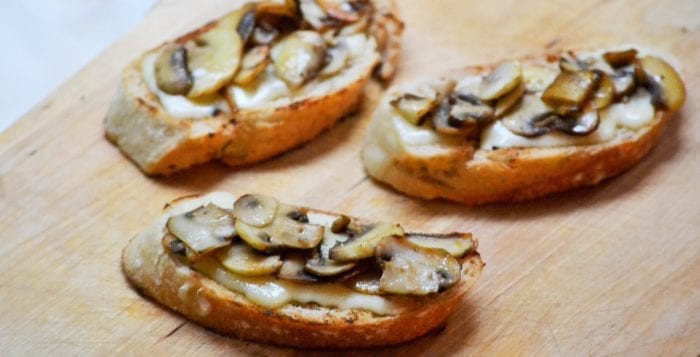
 Preferring the fairy tale image of mushrooms in an enchanted forest populated by cute little gnomes and rejecting the legacy of my prehistoric female predecessors and early ancestral gatherers, I vehemently nixed the idea. Instead I frequented the produce aisles of high-end supermarkets to seek out wild mushrooms harvested by responsible and knowledgeable organic farmers.
Preferring the fairy tale image of mushrooms in an enchanted forest populated by cute little gnomes and rejecting the legacy of my prehistoric female predecessors and early ancestral gatherers, I vehemently nixed the idea. Instead I frequented the produce aisles of high-end supermarkets to seek out wild mushrooms harvested by responsible and knowledgeable organic farmers. 